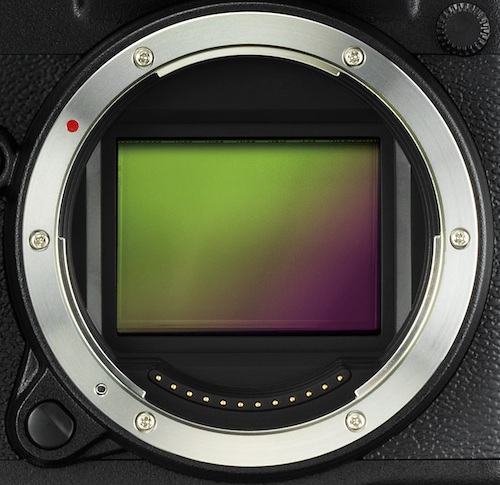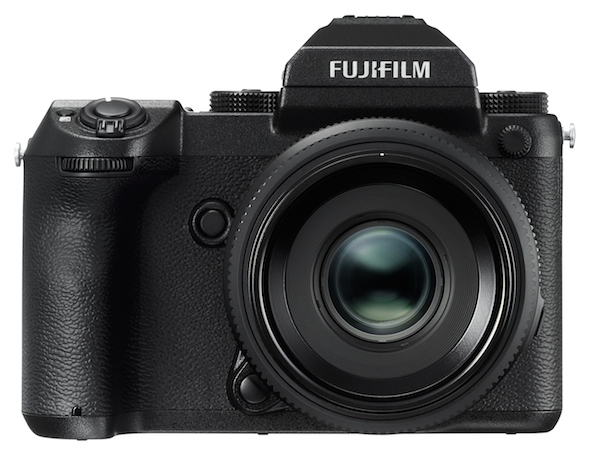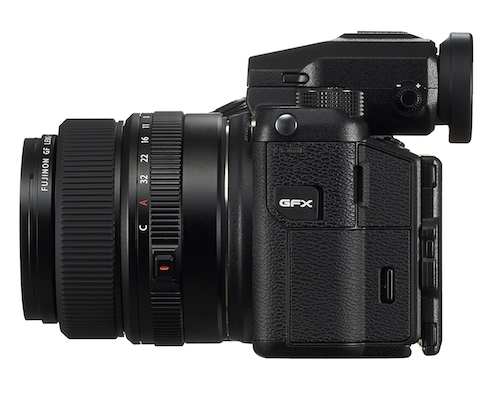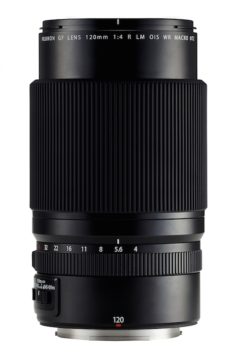Hasselblad took the mirrorless world to new heights when it announced the world’s first medium format mirrorless camera, the X1D, and now Fujifilm has decided to follow suit with its brand new GFX system.

According to Fujifilm, the goal of the new GFX medium format series is to obtain the ultimate image quality. Although it is still a prototype and probably won’t be seen until early 2017, the first camera in the series, the GFX 50S, promises a brand new G format 43.8 × 32.9mm CMOS sensor that is 1.7x larger than the 35mm format and has 51.4MP of resolution. Fujifilm explained that the sensor has been optimized specifically for the new camera. It is not made by Fujifilm and in the place of X-Trans technology, it uses the standard Bayer array.

Incorporated into the new G Mount, it will have a resolution that goes as high as 4700 lines and will allow for multiple aspect ratios including 4:3, 3:2, 16:9, 5:4, 5:6, 6:17, and 1:1 much like large and medium format film cameras, albeit at varying resolutions:
- 45.4 MP for 3:2
- 38.3 MP for 16:9
- 25.6 MP for 65:24
- 48 MP for 5:4
- 44.8 MP for 7:6
- 38.3 MP for 1:1
The camera uses the “X-Processor Pro” imaging processor, which provides Fujifilm’s outstanding colour and tone reproduction, and as you might have guessed, lacks a mirror. According to Fujifilm, the mirrorless design allows for three things: a smaller body, less shutter shock caused by the movement of a large mirror, and a shorter flange back and back focus distance between the lens elements and sensor, which allows light coming through the lens to reach the sensor in a straight line.
The GFX also claims the title of the world’s first mirrorless medium format camera with a built-in focal plane shutter. It is capable of shooting up to 1/4000 of a second, making it easier to capture fast moving subjects.

In the style of the new X-T2, the GFX features a 3-way tilting LCD screen, an AF joystick, and two dials on top: one for shutter speed and the other for ISO control. However, unlike the X-T2, the top plate benefits from a monitor that displays all the most essential shooting information. Usefully, the camera comes with an external electronic viewfinder that, once slotted straight into the hot shoe, looks as if it were part of the body. There is also an optional rotating viewfinder which will be made available as a separate accessory. (Note that this viewfinder does not replace but rather attaches to the EVF that comes with the camera.)

To accompany the new GFX, Fujifilm also announced three new lenses: the GF 63mm f/2.8 R WR, 32-64mm f/4 R LM WR and GF 120mm f/4 macro, all of which will be available in early 2017. The brand has also promised to release three additional lenses later on, the GR 110mm f/2 R LM WR, GF 23mm f/4 R LM WR and GR 45mm f/2.8 R WR. All six lenses will feature a weather-resistant construction, an aperture ring and a new C (Command) position on the ring to enable aperture adjustments with the command dial on the body. They have been design to resolve more than 100MP, meaning they will be ready for future products and high resolution sensors.
Since the GFX and its lenses are still prototypes, it is likely that Fujifilm will make some changes to the final design and specifications before their official release in 2017. Fujifilm has set the target price of the camera body with the GF 63mm lens and EVF at around $10,000 US, though this too isn’t definitive.






